Dear Stephen,
I’m new here at Planet Thrive and I’m from Poland so I’m sorry for my English. I’ve had my infection for about 15-17 years, diagnosed by positive PCR and WB IgG in January 2007. I’ve been on antibiotics since the diagnosis. I have read your book and I’d like to take Stephania tetrandra with my antibiotics (cefalosporins, tinidazole) because of my worst symptoms in eyes and head (very big load of floaters, double vision, vision snow, head pressure and many, many more).
My question is: is it any problem to take stephania and maybe all of the core protocol with this kind of antibiotic? How much should I take of the herbs and what kind? Now I’m scared by a master of TCM (Traditional Chinese Medicine) that there will be much side effects and many more scary things from herbs than with antibiotics. What you think about it? Is he right? I can’t tell if is he is a good TCM master or not. But he scared me a lot and I need some helping words from you. Thank you very much for your answer.
Stephen’s response:
The herbs in the core protocol can be taken along with antibiotics. There are no contraindications I am aware of for using stephania with antibiotics. Many people have used both for extended periods without complications. The protocol was designed to be used along with antibiotics so that people could benefit from a multi-faceted approach. The only thing to be aware of when using pharmaceuticals is to check the herb / drug interactions section in the book.
Stephen
-
Stephen Harrod Buhner was an Earth poet and an award-winning author of twenty-four books on nature, indigenous cultures, the environment, and herbal medicine including the acclaimed book Healing Lyme: Natural Healing & Prevention of Lyme Borreliosis & Its Co-infections.
Stephen came from a long line of healers including Leroy Burney, Surgeon General of the United States under Eisenhower and Kennedy, and Elizabeth Lusterheide, a midwife and herbalist who worked in rural Indiana in the early nineteenth century. The greatest influence on his work, however, was his great-grandfather C.G. Harrod who primarily used botanical medicines, also in rural Indiana, when he began his work as a physician in 1911.
Stephen’s work has appeared or been profiled in publications throughout North America and Europe including Common Boundary, Apotheosis, Shaman’s Drum, The New York Times, CNN, and Good Morning America. Stephen lectured yearly throughout the United States on herbal medicine, the sacredness of plants, the intelligence of Nature, and the states of mind necessary for successful habitation of Earth.
He was a tireless advocate for the reincorporation of the exploratory artist, independent scholar, amateur naturalist, and citizen scientist in American society – especially as a counterweight to the influence of corporate science and technology.
View all posts





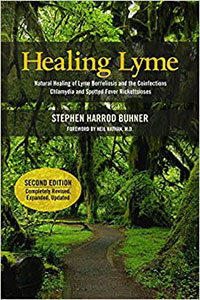
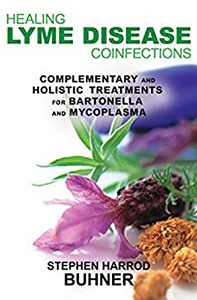
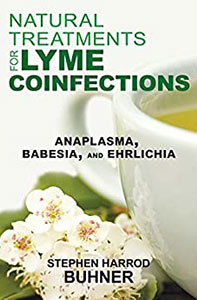
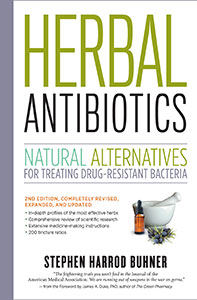
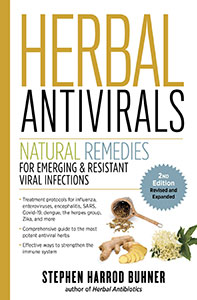



0 Comments